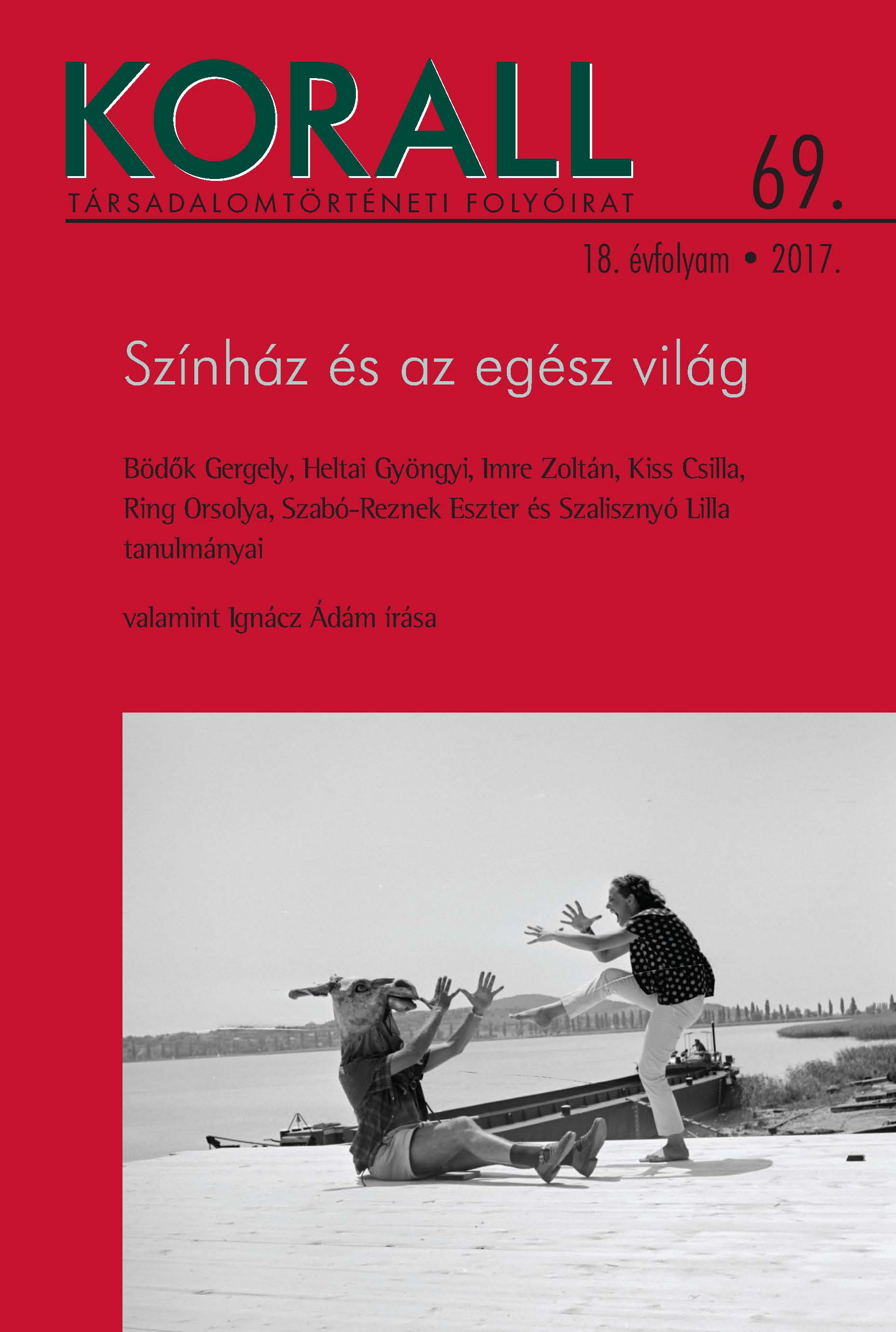Színésznői házasságkötések és válások a hosszú 19. században
Marriage and Divorce Patterns of Actresses in the Long Nineteenth Century
Author(s): Csilla KissSubject(s): Cultural history, Social history, Gender history
Published by: KORALL Társadalomtörténeti Egyesület
Keywords: social history;hungary;19 th century; marriage; divorce;theatre;
Summary/Abstract: The study concentrates on the marriage and divorce patterns within the circles of actresses working in Budapest in the long nineteenth century, based on the author’s own database generated out of the data on 239 actresses, who with the exception of the first generation, were all employed in the Hungarian capital between 1790 and 1914. The figures suggest that the number of marriages to actors or theatre professionals is consistently high until a significant drop from 83% to 49% at the end of the period under scrutiny. At the beginning of the period studied, actresses entered the profession through their marriage or because of the family background rather than as a result of their own conscious career choice. Later, their career decisions appear to be increasingly independent, mostly due to the aforementioned decrease of husbands affiliated with the theatre industry and the fact that actresses in the second generation of the sample usually married after their theatrical career was established. While the proportion of actor husbands was decreasing, that of theatre professionals was on the rise (with some fluctuation). The analysis of individual life stories allows for the speculation that actresses often married to promote their own interests. Actors and theatre professionals as husbands were able to help their wives’ career, while “civilians” could help them rise to higher social status; and new marriages often also served to stabilise the actresses’ financial situation. The divorce ratio was rather high across all generations of actresses in this period: with the 15–30%, it was significantly higher than the national average. It is conspicuous that the new husbands were, almost without exception, more successful, affluent or respectable, than the previous ones. Extramarital relationships were frequent mostly before, between and after marriages. The motivation for affairs was to some extent similar to those for marriages, although adventure and sensuality clearly played a greater role in these relationships.
Journal: Korall - Társadalomtörténeti folyóirat
- Issue Year: 2017
- Issue No: 69
- Page Range: 5-23
- Page Count: 19
- Language: Hungarian

